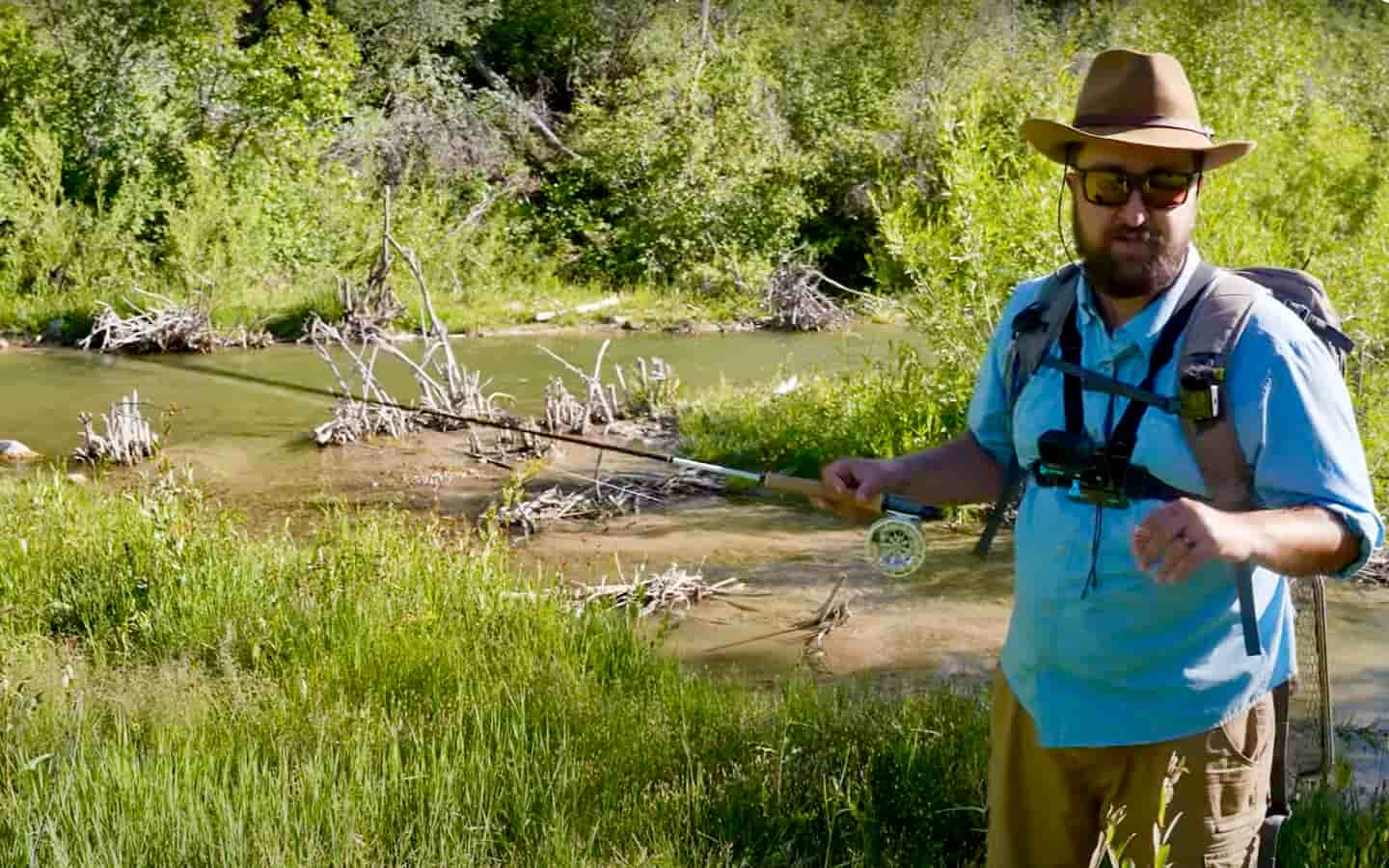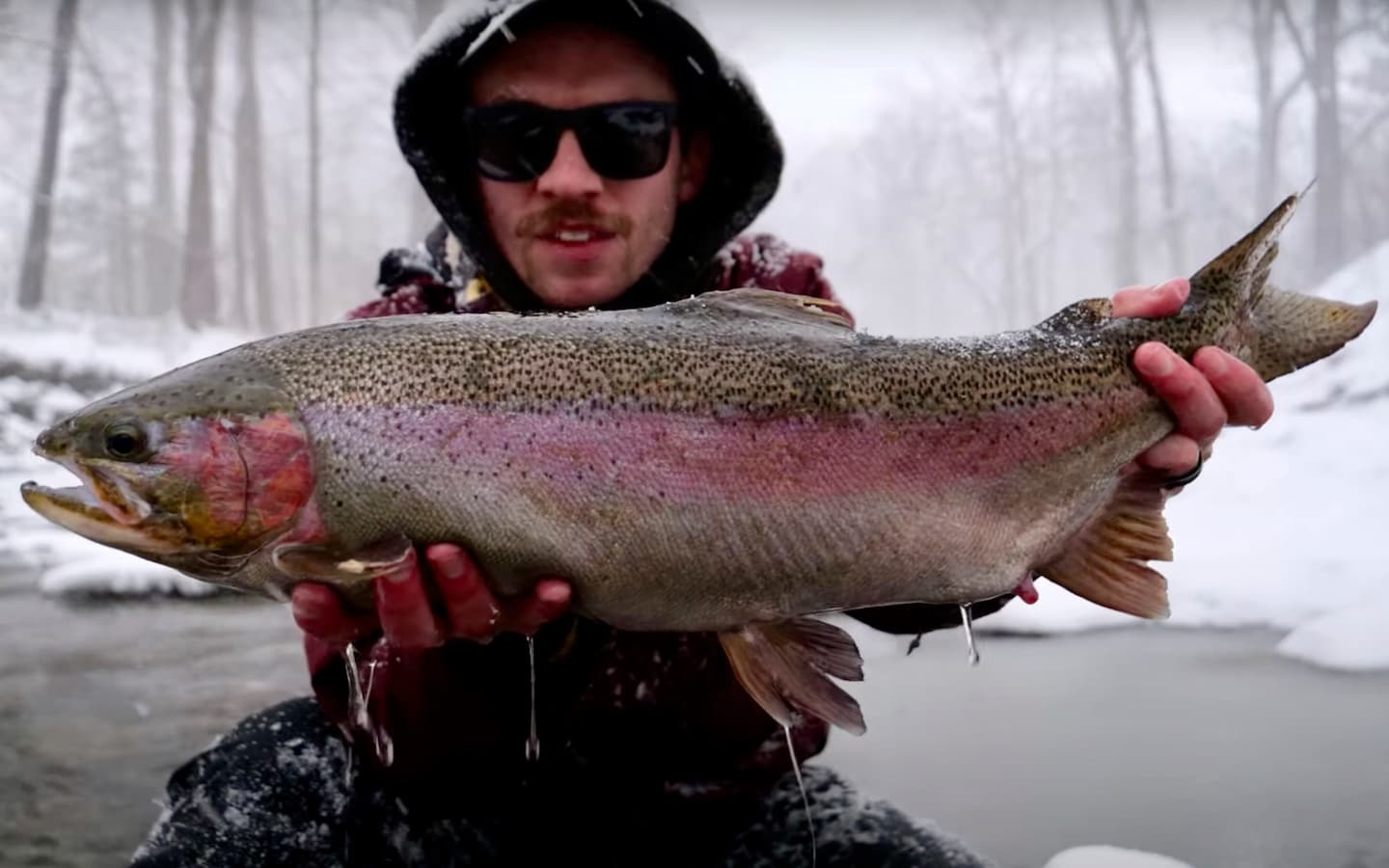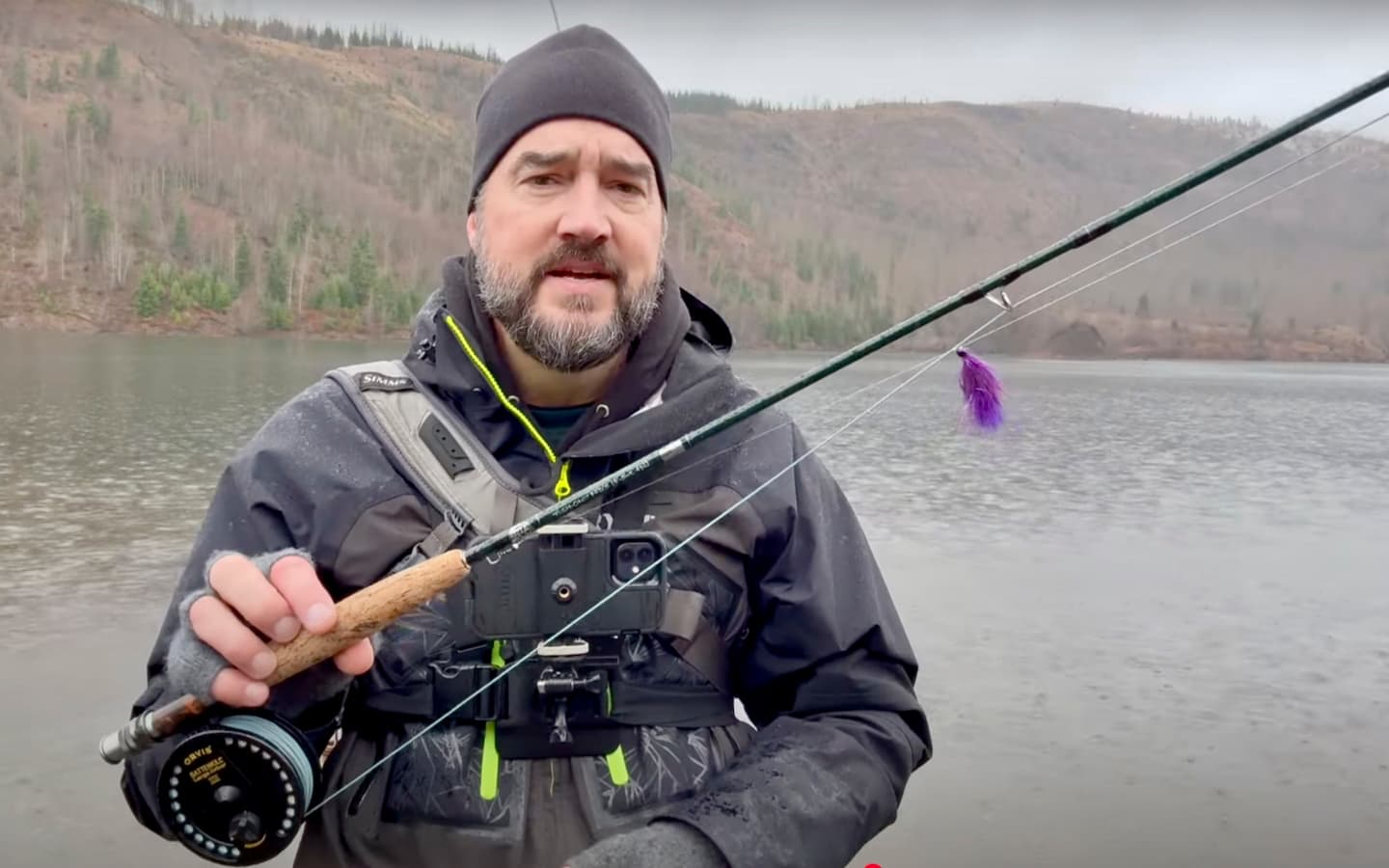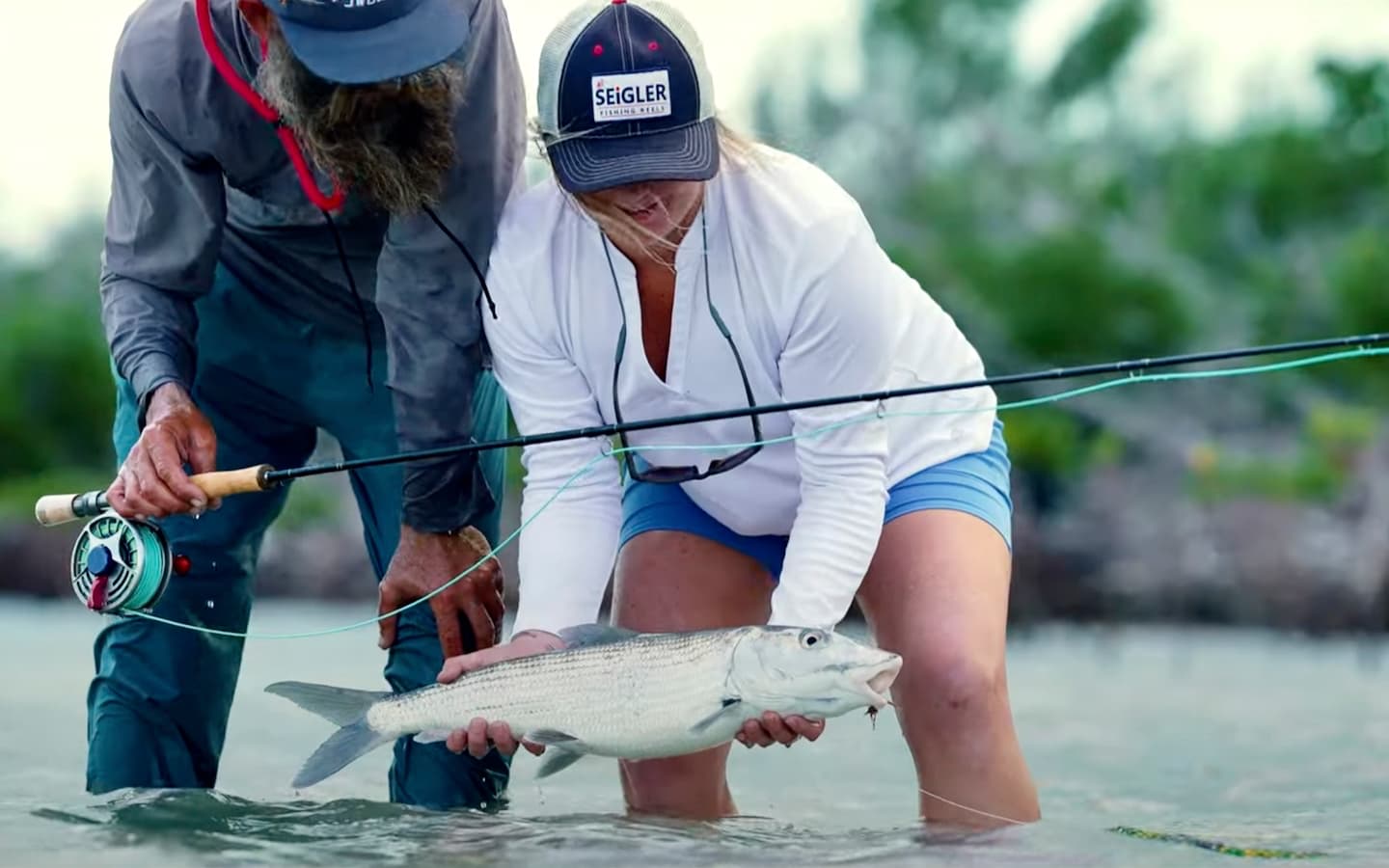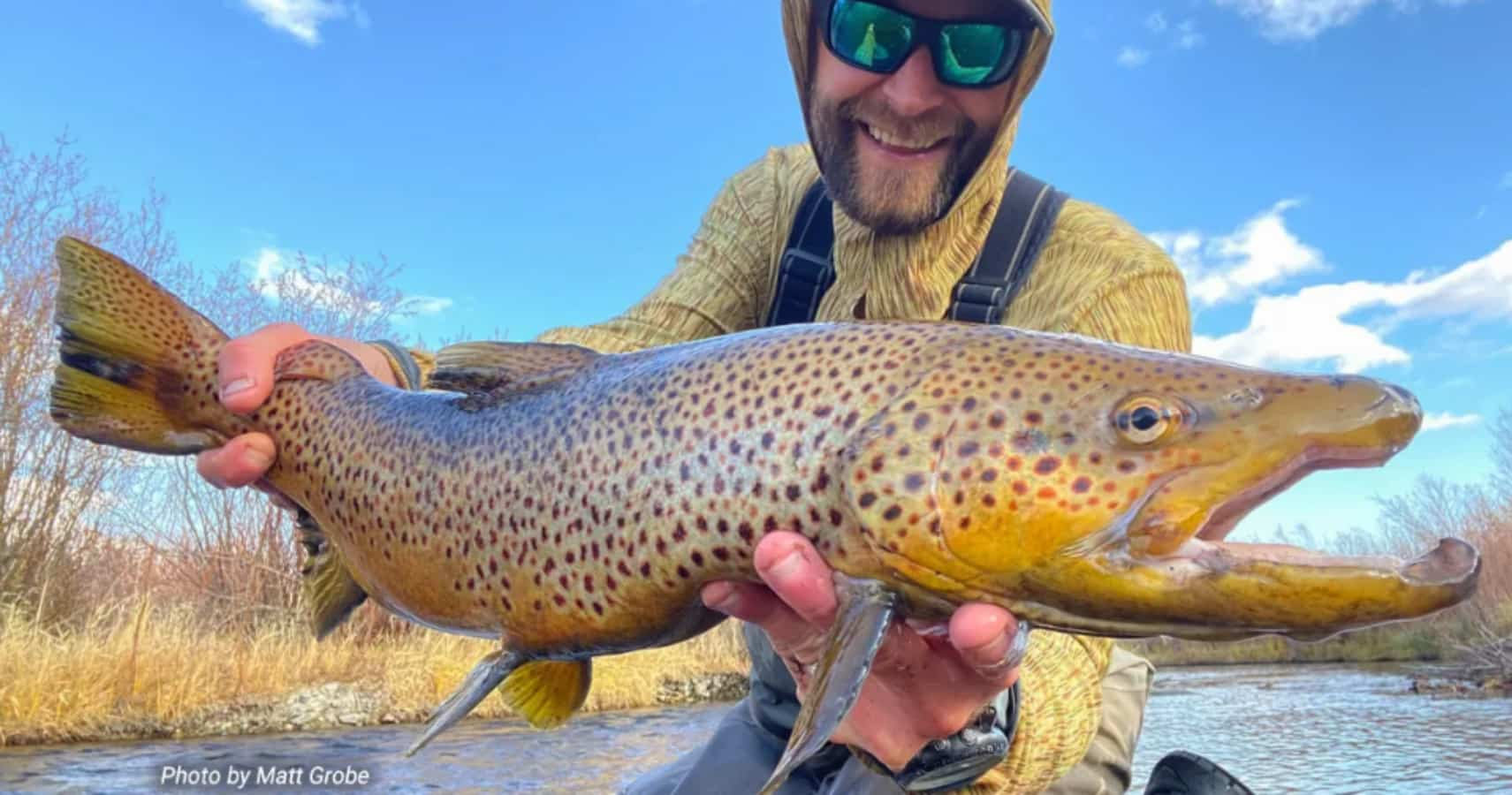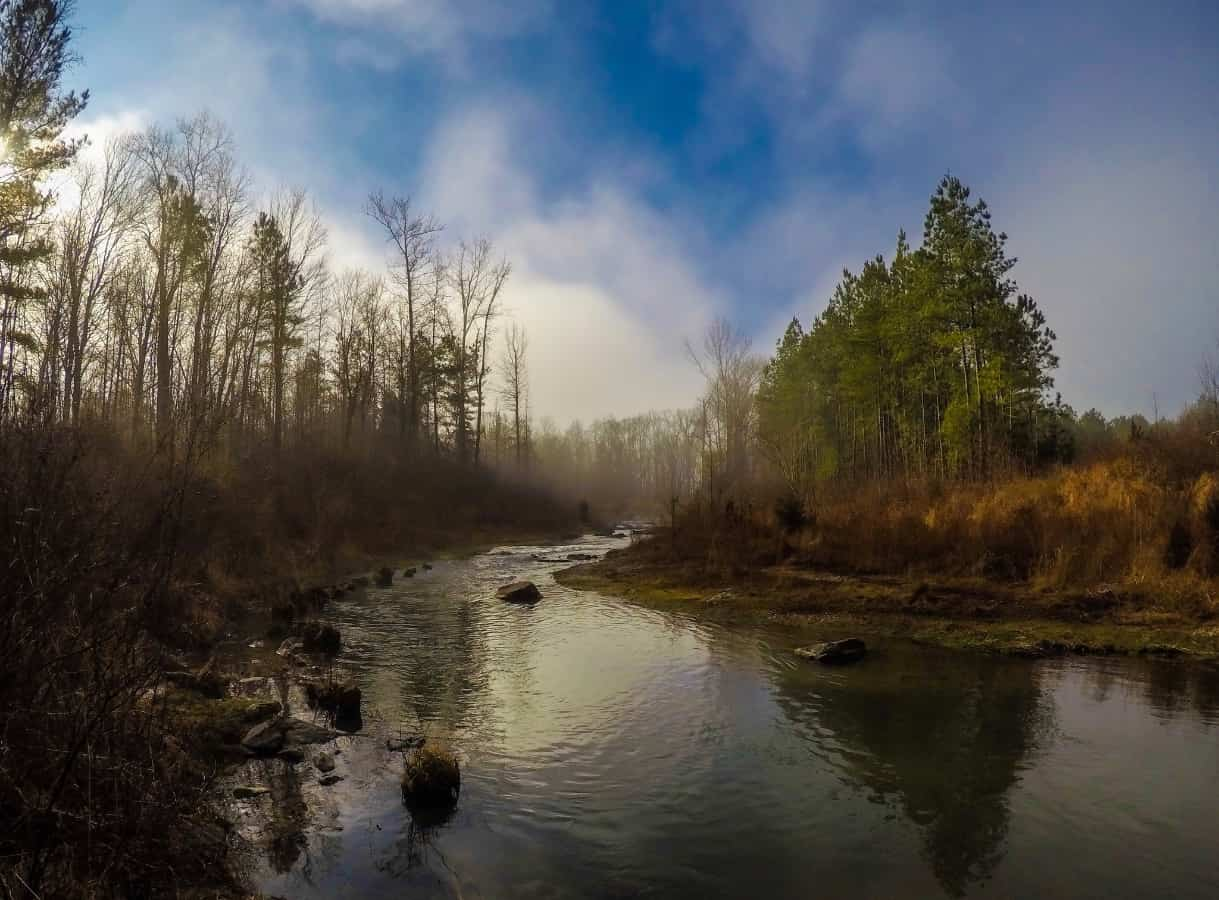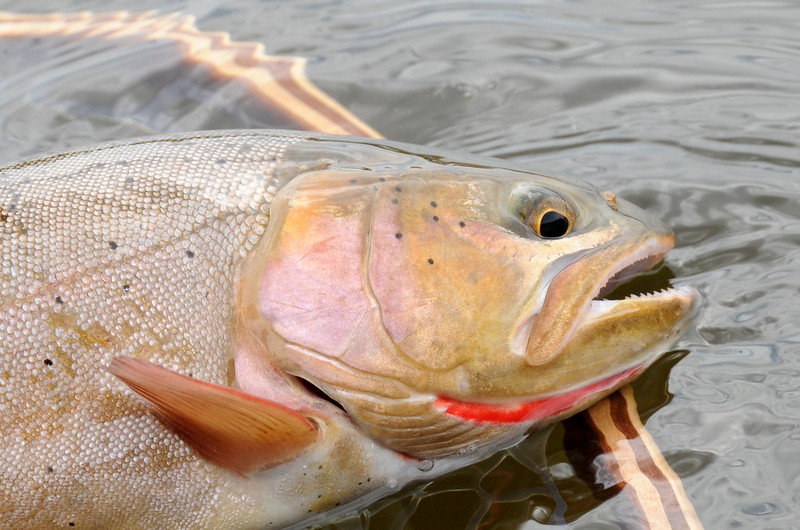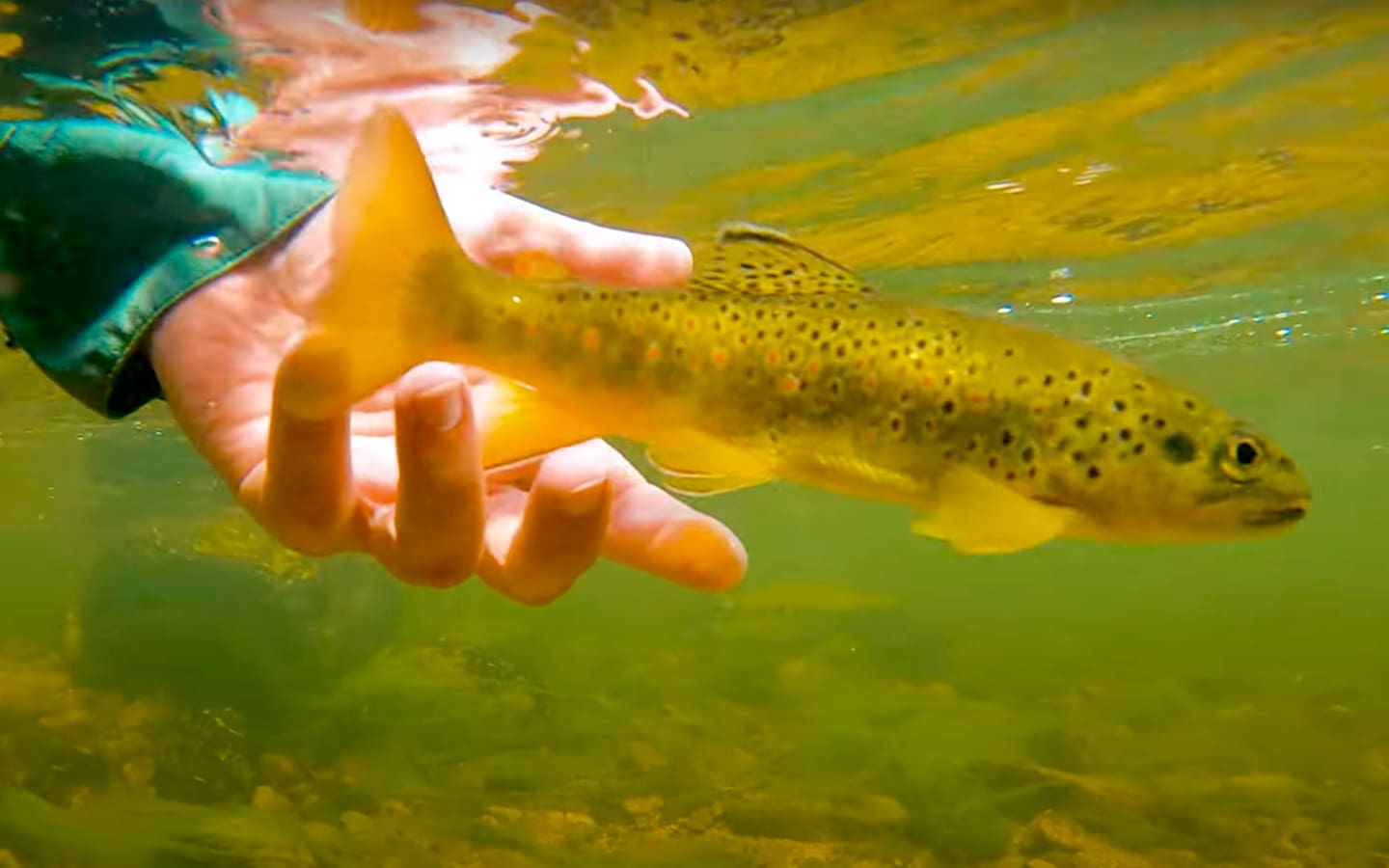Golden Morning
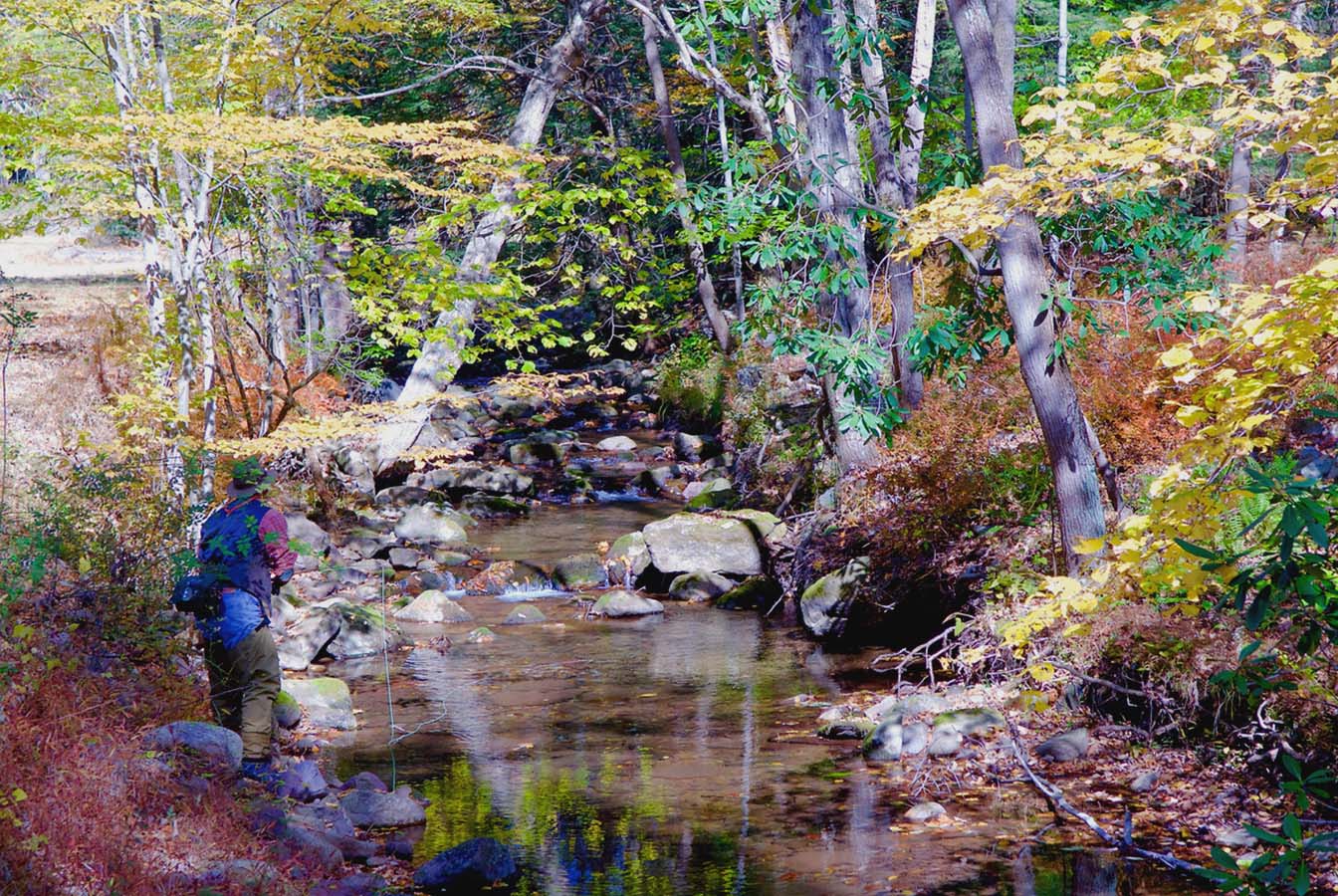
Photo by Bob Romano
Early morning fog is slow to fade as I pull the fly rod from its cotton sleeve. When the sun breaks through the shroud, leaves of poplar, black birch, oak, and shagbark hickory appear to glow. Awash in color, the surrounding hills complement the two sections of golden cane.
It won’t be long before sugar maples cease the production of chlorophyll, their crimson leaves adding to the early autumn palette. Although the season is winding down, I hope to hold one last brook trout in my dampened palm before releasing it back to spend the winter contemplating the error of its ways.
A doe and her twin fawns with their spots nearly gone, lope into the tree line as I tramp through a field of tall grass that glitters with dew.
At the edge of the field is a narrow trail. Beads of moisture glisten on webs weaved by spiders among barberry and wild rose. Thorny branches reach out to grab the sleeves of my flannel shirt as I tramp down the path leading to the little stream that remains open for a few more days and where wild trout can be found. The air is breathless, filled with the earthy smell of forest duff. I hear the tick of leaves as they fall through hardwood branches. They flutter to the ground like flaxen snowflakes.
Along the trail, I’m greeted by a pair of chickadees that flit from tree to tree. A white-throated sparrow calls out for Mr. Peabody.
As I approach the stream, wisps of vapor slip over its surface. A blue jay cries out from beyond the far bank. Another answers. Then another and another, the cries dissipating as the flock flies farther into the wood. A sweet perfume rises from the delicate blossoms of autumn clematis entwined in the streamside verdancy.
Pulling a metal pill box from my shirt pocket, I stare down at the few patterns inside. Unlike brown trout that require imitations closely resembling the insect du jour to appeal to their neophobic nature, the brook trout of this little stream are rarely selective, willing to play tag with any fly provided it is cast with a bit of stealth.
I choose a #14 pheasant-tail to knot to my tippet. The parachute wing of this dry fly will keep the pattern afloat over the most turbulent of riffles. The calf-tail post makes the pattern easy to follow while the pheasant-tail barbules wrapped around the hook shank are sufficiently “buggy” to interest any fish still looking toward the surface this late in the season.
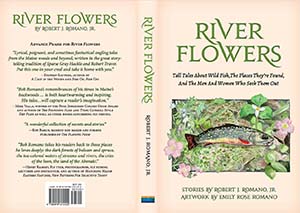
Bob Romano’s newest book River Flowers is available now. Visit forgottentrout.com for ordering information.
The bamboo rod that has accompanied me over the last few years was built by Ron Barch. The former publisher of the Planning Form, an international newsletter dedicated to construction of split bamboo fly rods, has been crafting cane rods for more than thirty years. Mine was built based upon Paul Young’s Midge design. Measuring six feet, three inches, it is the perfect tool to cast flies on this stream that is no more than ten feet wide.
For the next two hours, I cast the pheasant-tail into little plunge pools, along the edge of tree trunks fallen into the stream, in front and behind boulders, and over any water that looks “fishy,” all with no success. My legs aren’t what they once were, and after stumbling over an exposed root, I decide it’s time to call it a day.
I can’t complain. The sun has bathed the tannin-stained stream in a golden hue. Although its warmth has waned over the last few weeks, it remained sufficient on this second week of October for me to roll up my sleeves, perhaps for the last time until next spring.
About to turn back downstream, I feel rather than see movement in a patch of water tight along the far bank. Was it a fin holding the fish in place or maybe the white of a maw opening to take in a nymph? When the sun slips out from behind a cloud, I spy the current moving against a shadow. In the run, no more than a foot wide, the fish (if that is what I’ve seen) is protected by the limb of a white oak tree that extends within inches of the stream’s surface.
After a single backcast, ten feet of line unfurls over the surface. The #14 fly flutters down a few inches from the bank where the current carries the combination of feather and fluff along a set of shallow riffles. As the pattern slips under the limb of the oak and onto the patch of water that is darker than the rest, I hold my breath, the line between thumb and forefinger of my left hand, right hand tightening around the cork above the reel. It is this moment of uncertainty, perhaps more than any other, that draws me back to these little rills with their brambles and bushes, suspicious deer, curious birds, and wild trout.
